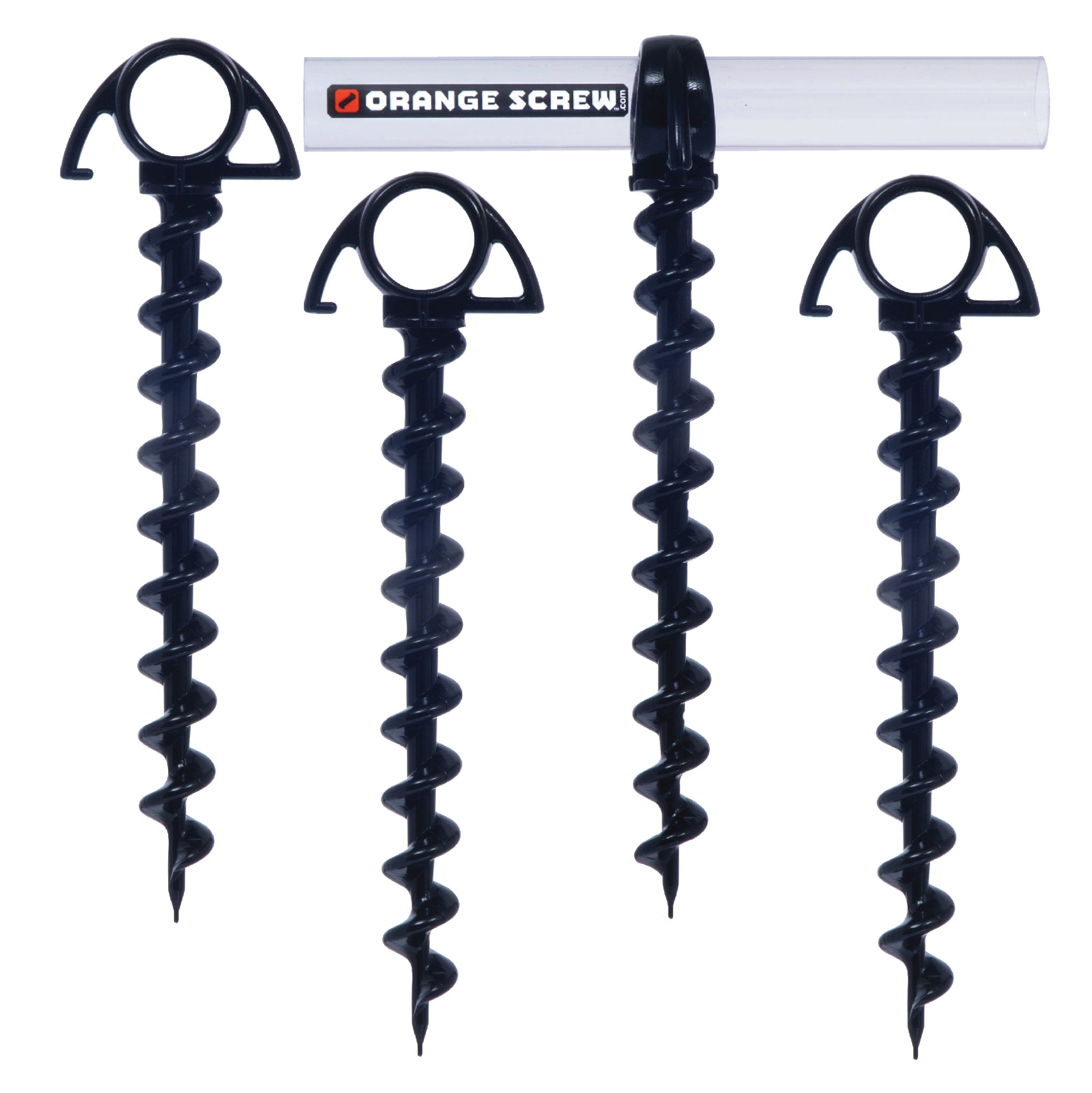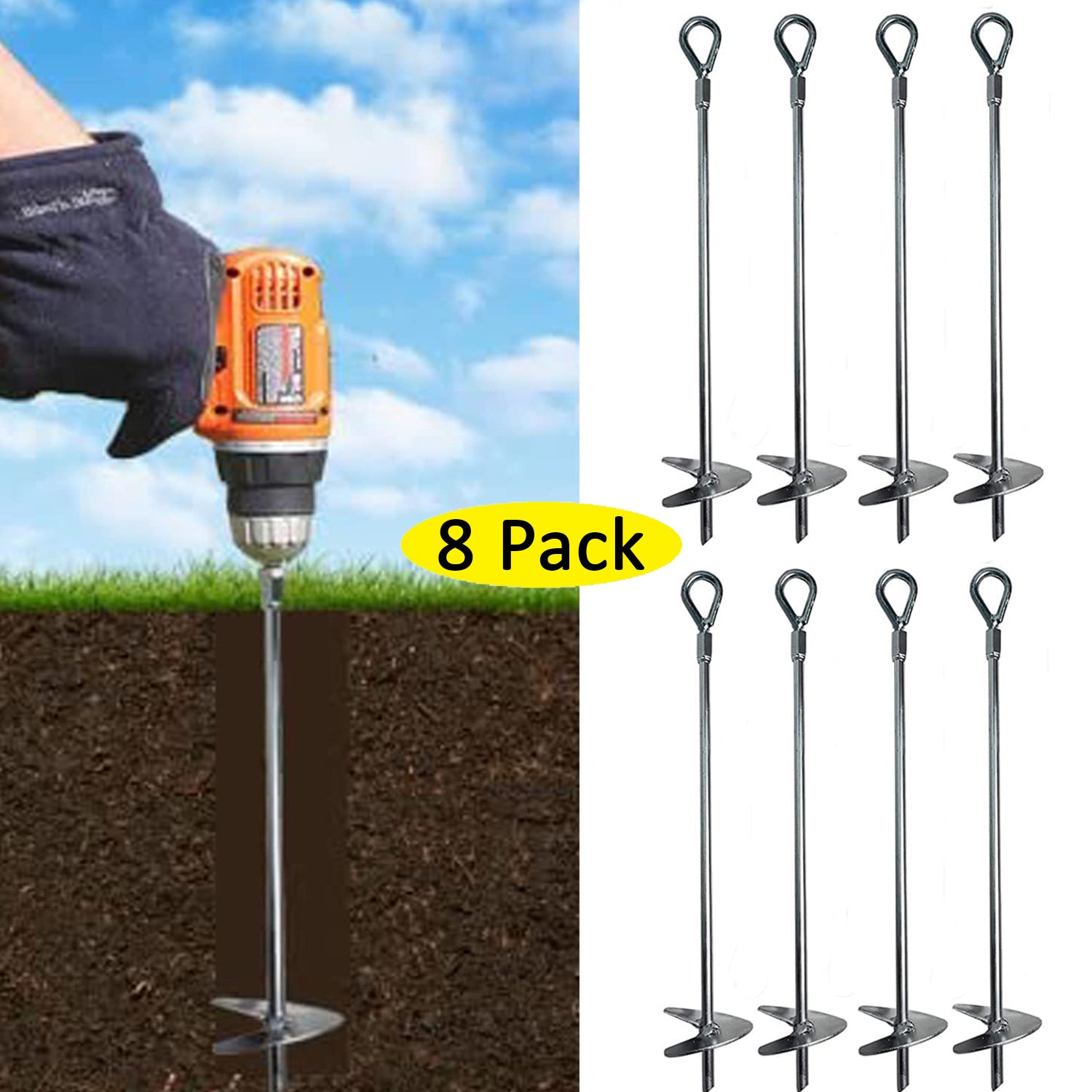All the Essential Details About Choosing the Right Ground Anchor for Your Needs
Understand Why Ground Support Is Very Important for Safety and Longevity
Ground supports are a necessary element in construction, supplying essential assistance and security for various structures. Comprehending the different types and applications of ground anchors can illuminate their vital function in making certain safety and durability.
Role of Ground Anchors in Building
Ground anchors play a pivotal function in building and construction by supplying crucial assistance and stability to frameworks. These tools are created to transfer tons from a structure to the ground, making sure that structures and various other infrastructures continue to be protected under various problems. Ground supports are specifically vital in situations where soil conditions are unpredictable or where there is a threat of lateral movement, such as on slopes or near bodies of water.
The installation of ground supports involves boring right into the earth to get to steady soil or bedrock, where the anchors can be securely secured. This procedure not only improves the architectural integrity of a task but also reduces the risks connected with dirt erosion and moving. Furthermore, ground anchors can be employed in short-term frameworks, such as building and construction sites, where they offer needed stablizing throughout the structure process.
Ground anchors likewise add to the durability and durability of frameworks by minimizing the chance of negotiation and failure. Ground Anchor. By successfully distributing and handling tons, these vital elements are vital in preserving safety criteria and guaranteeing the reliability of various building and construction projects. In general, the significance of ground supports in building and construction can not be overstated, as they are essential to successful design methods
Sorts Of Ground Supports


While countless sorts of ground anchors exist, each offers specific applications and conditions within building and construction tasks. One of the most common types include mechanical anchors, grouted supports, and driven anchors.
Mechanical supports, such as growth supports, use a mechanical activity to safeguard the support within the substratum - Ground Anchor. These are usually employed in light-weight applications, like safeguarding components to stonework or concrete
Grouted anchors, on the other hand, include piercing an opening, putting a steel pole or wire, and after that loading the annular room with cement. This technique is ideal for high-load scenarios, using boosted stability and resistance to dynamic pressures usually discovered in hefty building and construction.
Driven anchors are generally installed by driving a steel pole or pipeline right into the ground, making them ideal for momentary applications such as securing scaffolding or formwork. They fast to mount and can be gotten rid of conveniently when no more needed.
Other customized anchoring systems include helical anchors, which are screw-like devices utilized in various soil problems, and deadman supports, which depend on the weight of a buried things to give security. Each sort of ground anchor is created to fulfill details engineering demands, making sure safety and architectural integrity.
Benefits of Using Ground Anchors
The benefits of using ground supports in construction jobs are considerable, enhancing both safety and architectural performance. Ground supports offer necessary resistance against side pressures, such as dirt motion, wind lots, and seismic task. This resistance aids keep the stability of structures, avoiding prospective failures that can result in unsafe situations or costly repairs.
Furthermore, ground supports assist in the efficient transfer of loads see this from structures to the bordering soil, guaranteeing a balanced distribution of weight. This load transfer minimizes the risk of moving or settling, which can endanger the integrity of a building with time. By using ground anchors, designers can also develop extra effective layouts, as they enable slimmer architectural aspects while maintaining safety and security standards.
Additionally, ground supports are flexible and adaptable to various dirt problems and job needs. Their installation can frequently be finished promptly and with very little disturbance to the surrounding setting, making them a reliable option for several building applications. Ultimately, making use of ground anchors improves not only the durability of frameworks however additionally adds to a much safer working environment for construction workers and future passengers.
Typical Applications and Uses
Various building tasks utilize ground anchors for their performance in improving security and security. These versatile parts are generally employed in numerous applications throughout the building and civil engineering industries. One widespread application remains in maintaining wall surfaces, where ground supports supply the needed assistance to stop dirt activity and keep architectural stability.
Furthermore, ground anchors are important in visit homepage safeguarding momentary structures, such as scaffolding and shoring systems, ensuring they remain secure during building tasks. In the realm of structure assistance, they are utilized to strengthen existing structures, specifically in locations prone to ground negotiation or moving dirt problems.
Ground anchors also discover considerable use in incline stabilization projects, where they help alleviate landslide threats by anchoring the soil to stable rock developments. One more considerable application try this remains in the installment of wind turbines, where they secure the base against lateral forces created by wind, guaranteeing functional safety and longevity.
Moreover, ground anchors are employed in tunneling tasks to support the bordering ground during excavation. Their varied applications underscore the crucial role ground anchors play in maintaining safety and security and toughness in numerous building situations.
Setup Best Practices
Effective application of ground supports in different construction tasks depends upon effective installment techniques. Proper setup is essential to guarantee the supports fulfill their desired function and preserve architectural integrity in time. Secret ideal methods consist of complete website assessment, which involves examining soil problems, load needs, and ecological variables that might affect anchor performance.
Prior to installation, it is crucial to select the ideal kind of ground support based on the certain application and dirt attributes. Making use of top quality materials and sticking to maker specs will enhance the support's resilience and performance. During installment, ensure that the anchor is placed at the correct angle and depth, as these variables considerably impact load-bearing capacity.
Normal inspections are additionally suggested to monitor the problem of the anchors and bordering dirt. By complying with these installment ideal professionals, practices and engineers can enhance the safety and security and durability of structures reliant on ground anchors.

Final Thought
In summary, ground anchors are important components in construction, considerably enhancing safety and sturdiness. The diverse kinds and benefits of ground anchors, combined with their considerable applications, emphasize their importance in both short-term and long-term structures.
The setup of ground anchors involves exploration into the planet to get to stable soil or bedrock, where the supports can be securely secured.The benefits of utilizing ground anchors in construction tasks are substantial, boosting both safety and structural efficiency.Countless building jobs take advantage of ground anchors for their performance in improving security and security.Effective application of ground supports in numerous building and construction tasks pivots on efficient setup methods.In summary, ground anchors are crucial parts in building and construction, significantly improving security and durability.